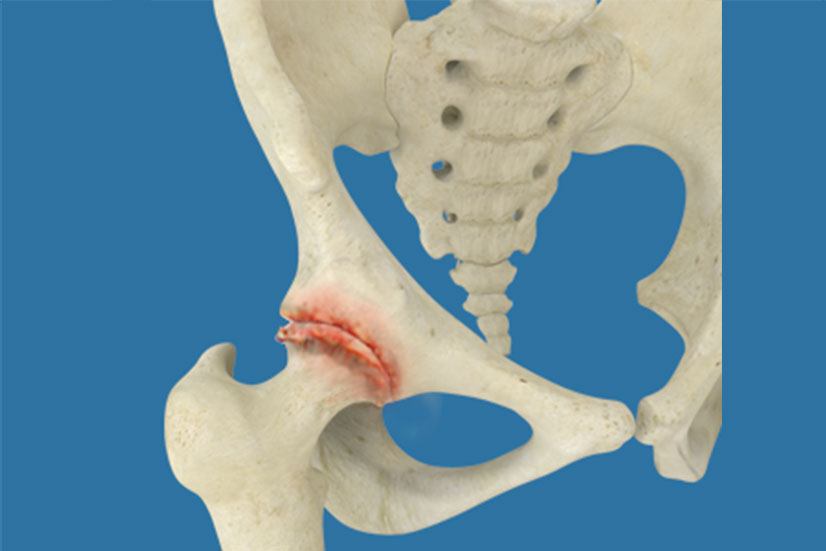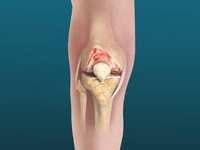- Categories :
- More
Understanding Total Hip Replacement: When is it the Right Choice?

Total hip replacement (THR), also known as hip arthroplasty, is a surgical procedure that involves replacing the damaged or worn-out surfaces of the hip joint with artificial components. This procedure is usually considered when conservative treatments fail to relieve pain or improve mobility. Understanding the conditions that may necessitate THR and the benefits of the procedure is crucial for patients considering this surgery.
Conditions Leading to Total Hip Replacement
Several conditions can lead to the need for a total hip replacement. The most common include:
- Osteoarthritis (OA):
- Description: OA is the most common reason for hip replacement surgery. It is a degenerative joint disease characterized by the breakdown of cartilage that cushions the ends of the bones in the hip joint. As the cartilage wears away, bones begin to rub against each other, causing pain, stiffness, and decreased mobility.
- Symptoms: Patients with OA often experience pain in the groin, thigh, or buttock, stiffness after periods of inactivity, and reduced range of motion. These symptoms can significantly impact daily activities such as walking, climbing stairs, and getting in and out of chairs.
- Progression: As OA progresses, the pain may become constant, and the joint may become deformed. When conservative treatments like physical therapy, medications, and injections no longer provide relief, THR may be recommended.
- Rheumatoid Arthritis (RA):
- Description: RA is an autoimmune disease that causes chronic inflammation of the joints, including the hip. Unlike OA, which primarily affects the cartilage, RA targets the synovium, the lining of the joint, leading to painful swelling and eventual joint damage.
- Symptoms: RA symptoms include joint pain, swelling, warmth, and stiffness, particularly in the morning or after periods of rest. The inflammation can lead to joint deformity and loss of function.
- Progression: In severe cases, the destruction of cartilage and bone by the inflammatory process can lead to the need for THR to restore function and alleviate pain.
- Avascular Necrosis (AVN):
- Description: Avascular necrosis occurs when the blood supply to the femoral head (the ball of the hip joint) is disrupted, leading to the death of bone tissue. Over time, this can cause the collapse of the femoral head and severe arthritis.
- Symptoms: Patients with AVN may experience pain that worsens with weight-bearing activities and progresses to constant pain as the condition worsens.
- Progression: When AVN leads to significant joint damage, THR may be necessary to restore function and alleviate pain.
- Post-Traumatic Arthritis:
- Description: Post-traumatic arthritis can develop after a hip injury, such as a fracture or dislocation. The trauma can damage the cartilage, leading to arthritis over time.
- Symptoms: Symptoms of post-traumatic arthritis are similar to those of OA, including pain, swelling, and stiffness. These symptoms may appear months or even years after the initial injury.
- Progression: If the arthritis becomes severe and affects the patient's quality of life, THR may be required to relieve pain and restore function.
- Hip Dysplasia:
- Description: Hip dysplasia is a condition in which the hip socket does not fully cover the ball of the femur, leading to instability and an increased risk of joint damage and arthritis.
- Symptoms: Symptoms include pain in the hip, groin, or buttock, as well as a clicking or popping sensation in the joint. Over time, the abnormal joint mechanics can lead to arthritis and deformity.
- Progression: When hip dysplasia leads to significant arthritis or deformity, THR may be recommended to correct the alignment and restore normal function.
Benefits of Total Hip Replacement
Total hip replacement is a highly successful procedure with several benefits for patients suffering from severe hip conditions:
- Pain Relief:
- Benefit: The most significant benefit of THR is the relief from chronic hip pain. By replacing the damaged joint surfaces with artificial components, the painful bone-on-bone contact is eliminated.
- Outcome: Most patients experience a dramatic reduction in pain, allowing them to return to activities they once enjoyed.
- Improved Mobility and Function:
- Benefit: THR can significantly improve joint function and mobility, allowing patients to perform daily activities with greater ease.
- Outcome: Patients often report better walking ability, improved balance, and enhanced overall movement.
- Enhanced Quality of Life:
- Benefit: The combination of pain relief and improved function can lead to a significant improvement in the overall quality of life.
- Outcome: Patients can enjoy a more active lifestyle, participate in social activities, and regain independence.
- High Success Rate:
- Benefit: THR is one of the most successful surgeries in orthopedic medicine, with over 90% of patients reporting satisfaction with the results.
- Outcome: The prosthetic components used in THR are designed to last for 15-20 years or more, depending on the patient’s activity level and overall health.
- Correction of Deformities:
- Benefit: THR can correct deformities caused by arthritis or other conditions, such as leg length discrepancy or hip dysplasia.
- Outcome: Restoring proper alignment not only improves the appearance of the hip but also enhances its function and reduces pain.
Conclusion
Total hip replacement is a life-changing procedure for many patients suffering from debilitating hip conditions. By understanding the conditions that lead to THR and the benefits of the procedure, patients can make informed decisions about their treatment options. If you are experiencing chronic hip pain that interferes with your daily life, it may be time to consult with an orthopedic specialist to discuss whether total hip replacement is the right choice for you.
Medical References
1. American Academy of Orthopaedic Surgeons (AAOS)
2. Mayo Clinic - Hip Replacement Surgery
3. National Institutes of Health (NIH) - Hip Replacement
4. Johns Hopkins Medicine - Hip Replacement Surgery















